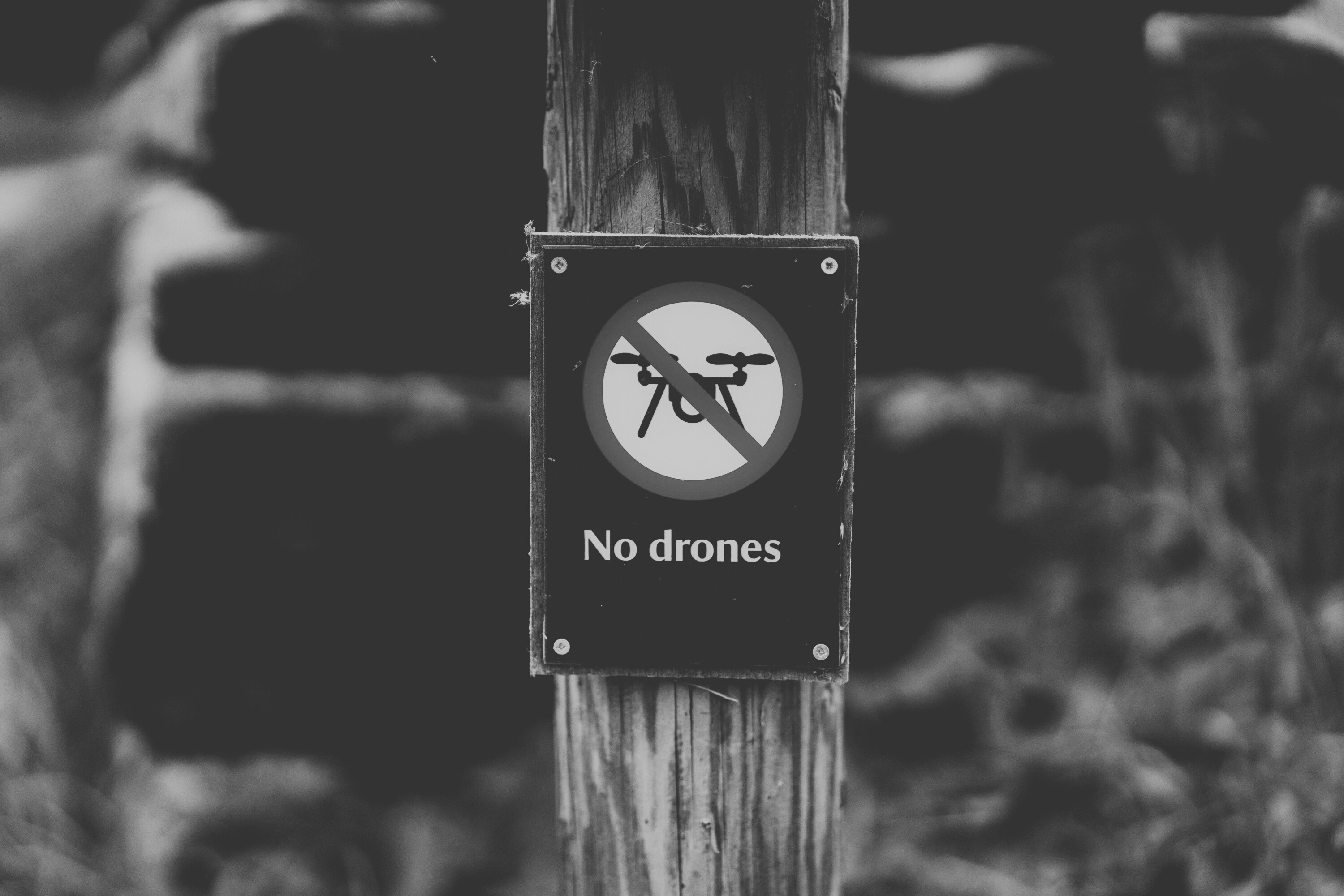Comments on the DGCA’s Guidelines for Obtaining Unique Identification Number & Operation of Civil Unmanned Aircraft Systems
The Directorate General of Civil Aviation (“DGCA”) had released guidelines for obtaining unique identification number (“UIN”) and operation of civil unmanned aircraft systems (“UAS”) on 22nd April 2016.
The guidelines are available here. Our detailed comments are available here.
In brief, our submissions were:
- Creation of additional weight category, ‘nano’ for UAs weighing less than 250 gms, which should be exempt from registration.
- Web-based system for registering all UAs up to 20kg in weight.
- Registration for UAs under 5kg should be automatic upon verification of documents and not discretionary.
- Appointment of an organisation to conduct and facilitate preliminary grant of UIN and UAOP for final confirmation by DGCA.
- Designate test sites for test flights to facilitate R&D. Test flights conducted from designated sites should not require insurance and should be granted approvals on a fast-track.
- The UAOP awarded to a pilot should be linked to a UA type and not to a specific UA.
- The DGCA should permit fast-tracking of UAOP applications upon payment of significantly higher fees. For UAs weighing less than 20kg, the suggested (regular-track) timeline should be 15 to 30 days.
- Limited revival of the now deleted CAR Section 2, Series F, Part XVIII, Issue I dated 23rd October 1992 relating to Construction, Certification and Operation of Experimental and Amateur Build Aircraft.
- DGCA should give a blanket permission for import of certain standard components of UAS and popular and reliable models of UAs.
- Age limit for recreational flying may be relaxed to 13 years.
- Any kind of photography or videography using UAs including but not limited to surveillance activities should be subject to express permission of the DGCA and that of the local administration.
- Any UA operations involving operation of UAs as a fleet whether for a single task or a series of tasks and whether operated by a single entity or multiple entities acting in concert may only be undertaken with the express permission of the DGCA.
The DGCA released a draft policy on ‘The Requirements for Operation of Civil Remotely Piloted Aircraft System (“RPAS”)’ in November, 2017. The draft policy is available here.
Our submissions that have been incorporated by the DGCA are:
| Serial No: | Earlier Guideline | Our Recommendation | Extent Adopted | Revised Guideline |
| 1 | Clause 3 – Only Micro (<2kg), Mini (>2kg), Small (20-150kg), Large (>150kg),Unmanned Aircrafts (UAs) were recognised | Addition of a new category of nano UAs which weigh less than 250gm | Wholly | Clause 3 – provision Nano RPAs (>250gm) was introduced and Micro RPAs (250gm -2kg) was amended |
| 2 | Clause 4 – All UAs have to be registered and all UAs have the same registration process as well | Nano UAs should be exempted from registration | Wholly | Clause 7 – Operators of Nano and Micro RPAs do not need to obtain an Unmanned Aircraft Operator Permit (UAOP). |
| 3 | Clause 10.1/10.10 – Operators of all UAs shall inform the Local Administration, Anti-terror Squad Units (for use of UAs at or above 200 ft), AGL, BCAS, Aerodrome operator | We recommended that information to Local
Administration should be exempt for recreational flying of Micro UAs below 200ft. |
Partly | Clause 4 – Model aircraft (upto 2kg, without any payload) flown below 200ft inside educational institution premises will not require UIN and/or UAOP. |
| 4 | Clause 10.13 – UAs are prohibited to be flown over the territory of Delhi (30 km radius from Rashtrapati Bhavan) | The restrictions should be relaxed as follows:
1. Nano UAs: May be operated outside aradius of 3 km from Rashtrapati Bhawan; 2. Micro and Mini UAs: May be operatedoutside a radius of 15km from Rashtrapati Bhawan |
Partly | Clause 12.21(g) – RPAs can operate outside a 5 kilometre radius from Vijay Chowk in Delhi. |
| 5 | Clause 13 – In the event of any non- compliance, the draft guidelines only provide for cancellation or suspension of the UAOP. | Our recommendation was to increase the penalty for any breach of compliance. Punish offenders under various laws like Aircraft Act, 1934, Supression of Unlawful Acts against Safetyof Civil Aviation Act, 1982, Anti-Hijacking Act, 1982, etc. | Partly | Clause 15.2 – The penalty for breach of compliance has been increased to attract penal action under the Indian Penal Code, 1860 |










